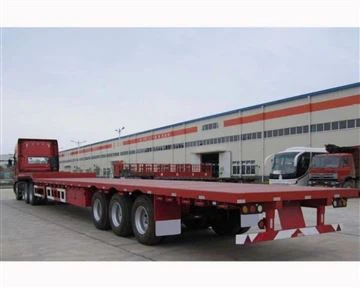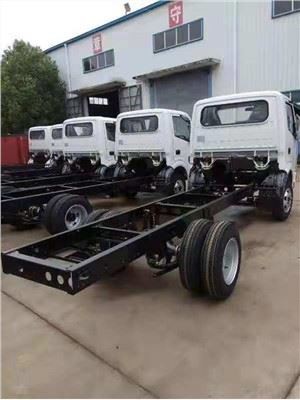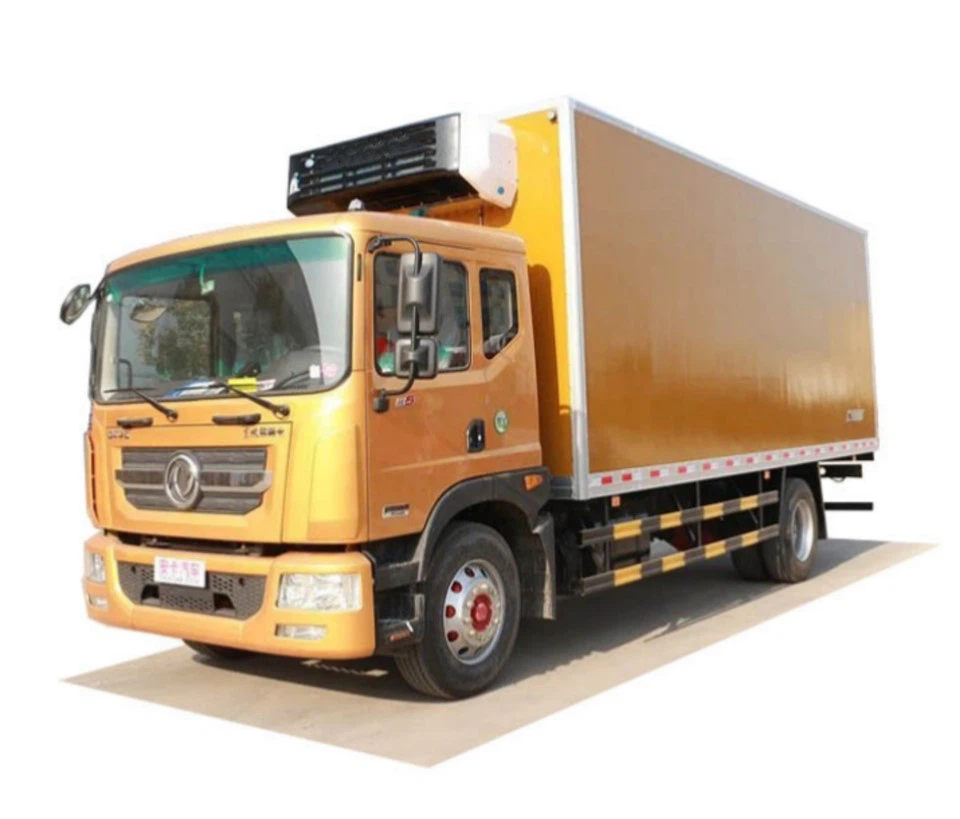Different Truck Cab Sizes: A Comprehensive Guide

When it comes to choosing the right truck, understanding the various cab sizes is crucial. The cab size can significantly affect the truck’s functionality, comfort, and suitability for your specific needs. This article explores the different truck cab sizes, their advantages and disadvantages, practical examples, and tips for making an informed decision.
Understanding Truck Cab Sizes
Truck cabs come in several sizes, primarily categorized as Regular, Extended, and Crew cabs. Each size has its unique features and benefits, making them suitable for different purposes. Knowing the differences can help you choose the best fit for your lifestyle or business needs.
Regular Cab
A regular cab is the most basic truck cab configuration. It typically accommodates two to three passengers, featuring a simplistic design that prioritizes cargo space over passenger comfort.
Features of Regular Cab
- Two or three-seat capacity
- Standard bed length options
- Good visibility and accessibility
Advantages
- More cargo space due to shorter cab length
- Usually less expensive
- Ideal for work-related tasks and towing
Disadvantages
- Limited passenger capacity
- Less comfortable for long drives
- Not suitable for families
Extended Cab

The extended cab adds extra space behind the front seats, making it more comfortable for passengers while still maintaining a good amount of cargo room. Typically featuring rear-hinged doors, these cabs are great for occasional passengers or extra storage space.
Features of Extended Cab
- Four to five-seat capacity
- Additional storage space behind the front seats
- Rear-hinged doors for better access
Advantages
Disadvantages
Crew Cab
Crew cabs represent the largest cab size. They are designed to maximize passenger comfort, providing enough space for five or even six people. The extended body design allows for a full rear seat, making it perfect for families or groups.
Features of Crew Cab
- Seating for five to six passengers
Advantages
Disadvantages
Choosing the Right Truck Cab Size for Your Needs
Selecting the right truck cab size depends on various factors, including your lifestyle, work needs, and budget. Here are some practical tips to help you decide:
Assess Your Passenger Needs
Determine how many passengers you’ll typically carry. If it’s just you and a friend or coworker, a regular cab may suffice. A crew cab is ideal for larger families or groups.
Evaluate Cargo Requirements
Think about the kind of cargo you plan to haul. If you frequently transport work equipment, a regular cab might offer more cargo space. If you need to carry passengers as well, a crew or extended cab may provide a better balance.
Consider Your Driving Environment

If you often navigate through tight spaces or city traffic, a smaller truck might be more manageable. A regular cab is easier to maneuver than a crew cab, which can be bulkier.
Determine Your Budget
Cabs vary in price, with regular cabs typically being the most affordable. Crew cabs come with additional costs due to their larger size and added features. Always factor in your budget when making a decision.
Popular Truck Models and Their Cab Sizes
| Truck Model | Cab Size Options | Seating Capacity | Best For |
|---|---|---|---|
| Ford F-150 | Regular, Extended, Crew | 3, 5, 6 | All-around use |
| Chevrolet Silverado | Regular, Extended, Crew | 3, 5, 6 | Work or personal |
| RAM 1500 | Regular, Quad, Crew | 3, 5, 6 | Comfort, towing |
| Toyota Tundra | Regular, Double, CrewMax | 3, 5, 6 | Family, off-road |
Truck Cab Size Dimensions
Understanding the dimensions of various truck cab sizes can assist in determining which best fits your needs, especially in regard to garage space, parking, and driving comfort.
| Truck Cab Size | Typical Dimensions (L x W x H) | Approx. Inside Cabin Space |
|---|---|---|
| Regular Cab | 205-235 in x 80-82 in x 70 in | 60-70 cu ft |
| Extended Cab | 205-240 in x 80-82 in x 70 in | 70-90 cu ft |
| Crew Cab | 220-250 in x 80-82 in x 70-75 in | 90-120 cu ft |
Trends in Truck Cab Sizes
The trend in the truck industry shows a growing preference for crew cabs. Here’s why:
Increased Demand for Versatility
Consumers tend to favor trucks that serve multiple purposes, from work to family transport. Crew cabs provide that flexibility.
Enhanced Comfort Features
Modern crew cabs come equipped with advanced comfort features like spacious seating, climate control, and high-tech infotainment systems, enhancing the overall driving experience.
Family-Oriented Options
As families grow, the need for more passenger space in trucks rises leading to an increase in crew cab sales.
Accessories for Different Truck Cab Sizes
In addition to choosing a cab size, you may want to consider accessories that enhance usability and comfort. Here are some suggestions by cab type:
Regular Cab Accessories
- Toolboxes
- Roof racks
- Tonneau covers for the truck bed
Extended Cab Accessories
- Pet barriers for the rear seats
- Seat covers for added protection
- Storage organizers for extra space
Crew Cab Accessories
- Rear seat entertainment systems
- All-weather floor mats
- Sunshades for rear windows
Maintaining Your Truck Based on Cab Size
Maintenance requirements can differ based on cab size, primarily due to their complexity and weight.
Regular Cab Maintenance Tips
- Regular oil changes are crucial due to less engine load.
- Keep an eye on tire pressure as cargo load varies.
Extended Cab Maintenance Tips
- Check rear doors and latches frequently for proper operation.
- Inspect the rear seat area for wear and tear.
Crew Cab Maintenance Tips
- More frequent passenger seat cleaning.
- Regularly check power windows and locks due to complexity.
Frequently Asked Questions
1. What is the difference between an extended cab and a crew cab?
An extended cab typically has less rear seat space compared to a crew cab, which generally features a larger seating area and more legroom for passengers.
2. Which truck cab size is best for a family?

A crew cab is the best option for families, as it provides ample seating and comfort for all passengers.
3. Can I convert a regular cab to an extended cab?
While it’s technically possible, it’s impractical and costly. It’s better to buy a truck with the desired cab size directly from the manufacturer.
4. How does cab size affect fuel efficiency?
Generally, smaller cabs like regular cabs are more fuel-efficient than larger crew cabs due to their lighter weight and reduced drag.
5. Are modifications allowed on stock cab sizes?
Yes, modifications such as adding bed extenders or storage solutions can enhance functionality without changing the cab size.
6. Is there a trade-off between size and cargo capacity?
Yes, larger cabs typically reduce bed space for cargo. You need to balance your need for passenger space versus cargo capacity.
